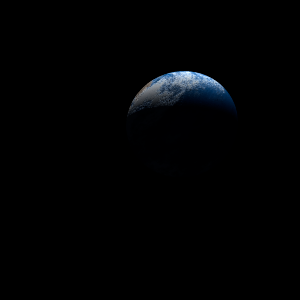|
|
Space Astro
|
Info for exoplanet "Yizh Weng"
| Scientific (actual) data |
|---|
| Name | Kepler-1527 b |
| Planet status | Confirmed |
| Radius | 0.426 |
| Orbital period | 160.13 |
| Discovered | 2016 |
| Updated | 2021-02-05 |
| Tconj | 2455040 |
| Publication | Announced on a website |
| Detection type | Primary Transit |
| Alternate names | 2MASS J19493945+4603389 b, K03901.01, KIC 9480535 b, KOI-3901 b, KOI-3901.01, WISE J194939.46+460338.9 b |
| Star name | Kepler-1527 |
| Right ascension | 297.41° |
| Declination | 46.06° |
| Mag j | 13.927 |
| Mag h | 13.646 |
| Mag k | 13.617 |
| Star distance | 1560 |
| Star metallicity | 0.07 |
| Star mass | 1.21 |
| Star radius | 1.32 |
| Star age | 2.82 |
| Star temperature | 6224 |
| Star alternate names | 2MASS J19493945+4603389, KIC 9480535, KOI-3901, WISE J194939.46+460338.9 |
| Wikipedia article | Kepler-1527 b |
Back
| |
| Fictional info (?) |
|---|
| Suggested name | Yizh Weng |
| Planet type | Cold planet |
| As seen relative to the fixed stars, it rotates on its axis exactly two times for every three revolutions it makes around Kepler-1527.
Having almost no atmosphere to retain heat, it has surface temperatures that vary diurnally more than on any other planet in its solar system, ranging from 150°K (-123°C) at night to 455°K (182°C) during the day across the equatorial regions. |
| Atmosphere | Helium | 51% |
| Sulfur dioxide | 40% |
| Oxygen | 8.2% |
| Krypton | 0.69% |
| Carbon dioxide | 0.14% |
| Ozone | 0.032% |
| Atmospheric pressure | 1.4 bar |
 |
| No known satellites |
| Google search for Yizh weng |
|
Website by Joachim Michaelis
|
|
|
|